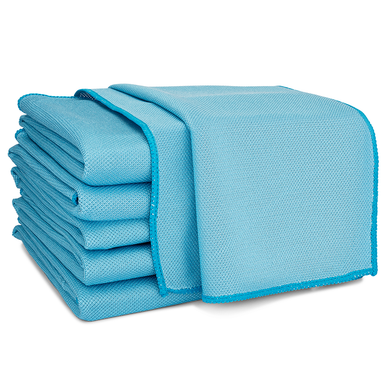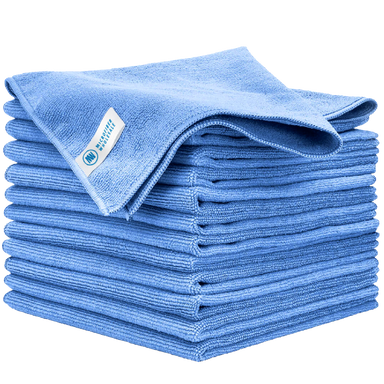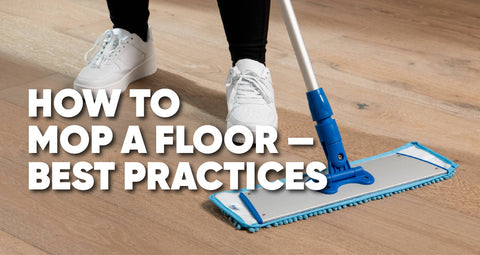Most Common Shower Stains and How to Identify Them
Before you reach for a cleaner, it’s crucial to know what you’re dealing with. The most effective way to clean a shower starts with identifying the most common types of stains, because each one requires a different approach.
Using the wrong products can make stains worse or even damage your shower surfaces. That’s why understanding the source of buildup is the first step to efficient, low-effort cleaning.
Here are the top three types of stains you’ll typically find in a shower:
Hard Water Stains
Hard water is usually chalky white calcium and magnesium deposits on shower glass. And tub rings, often in the shape of dried water droplets and drip patterns.
Red or green rust stains are also part of the hard water family. The iron that causes these stains is another chemical common in hard water.
Mildew and Mold
These black, pink, or greenish patches thrive in humid environments and are common in grout lines, corners, and caulking. They can cause unpleasant odors and potential health concerns.
Fun fact, the scientific names for each type of mold found in your bathroom are called:
-
Black: Stachybotrys chartarum
- Green: Aspergillus
- Tan: Talaromycosis
- Brownish gray: Cladosporium
-
Pink: Serratia Marcescens
It grows where moisture lingers longest in the shower, such as in unsealed grout lines that absorb water.
In some cases, you can find mold on window sills that are exposed to the shower water. Knowing how to clean a shower affected by mold and mildew is essential for a healthy bathroom environment.
Soap Scum
This filmy residue is a mix of soap, body oils, and minerals. It clings to glass doors, tiles, and tubs, creating a dull, cloudy surface that’s tough to remove without the right tools.
Knowing which stains you're up against will help you choose the proper shower cleaning products and methods, saving you time, effort, and unnecessary frustration.















